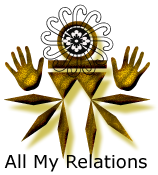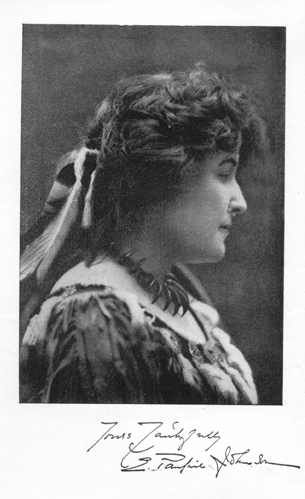The Hul’q’umi’num’ Language Project (reference below) is a case study completed by Hul’q’umi’num’ elders and teachers, the University of Victoria, Simon Fraser University, and Royal Roads University. The group led workshops with adult groups that combined story, music, and art that allowed for language learning. For Coast Salish communities, the act of storytelling is ingrained in the culture. Doing so maintains language. When combined with visuals, movement, and physical participation (immersion), language learning can be a fun and enriching experience for both Indigenous and non-Indigenous peoples. This sharing of culture cross ethnicity has seldom been experienced for Indigenous cultures when compared to other minority groups in Canada. The resources that are planned to come out of this case study should be beneficial for educators trying to decolonize the system.
Reference:
Sadeghi-Yekta, K. (2019). Hul?q?umi?num? language heroes: A successful collaboration between elders, community organisations, and canadian west coast universities. Research in Drama Education: The Journal of Applied Theatre and Performance, 24(3), 368-375. https://doi-org.ezproxy.library.ubc.ca/10.1080/13569783.2019.1615829




